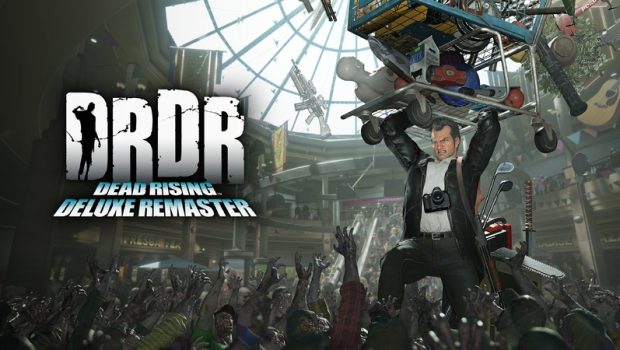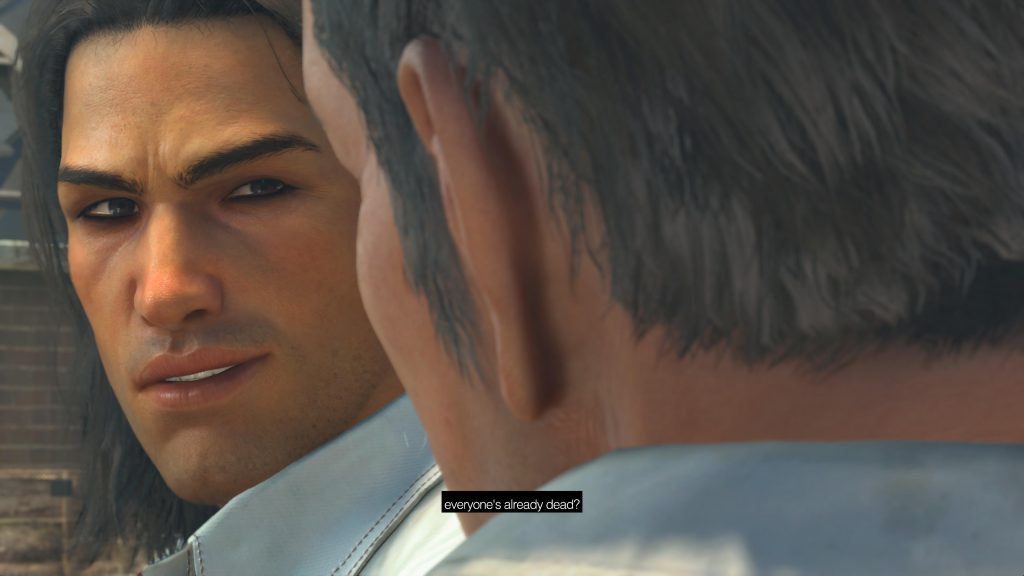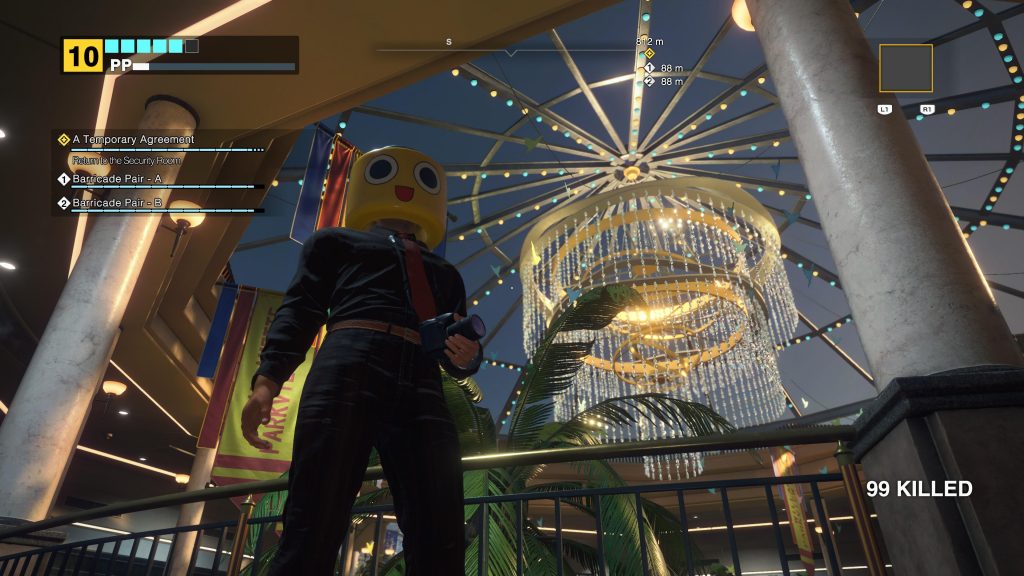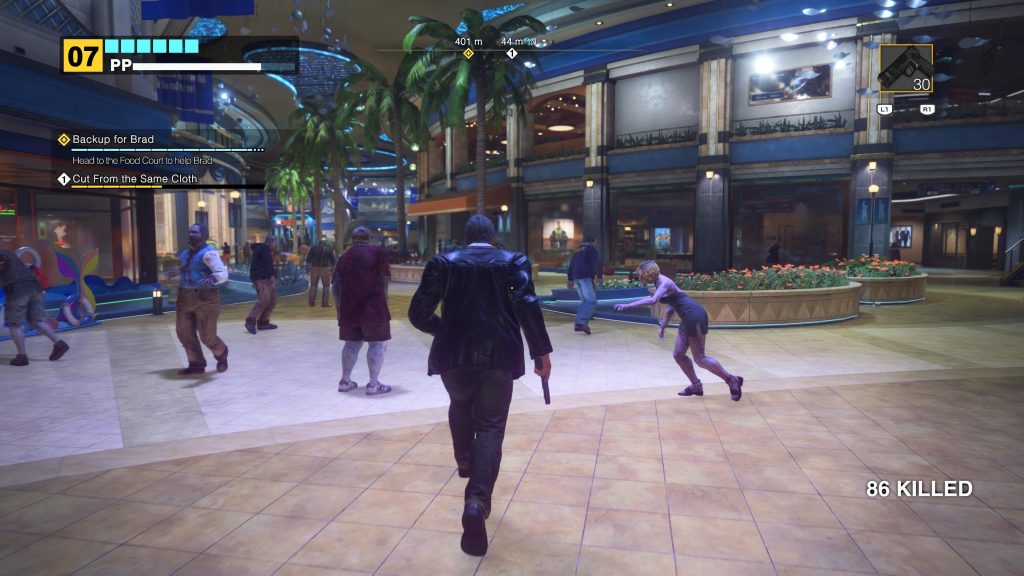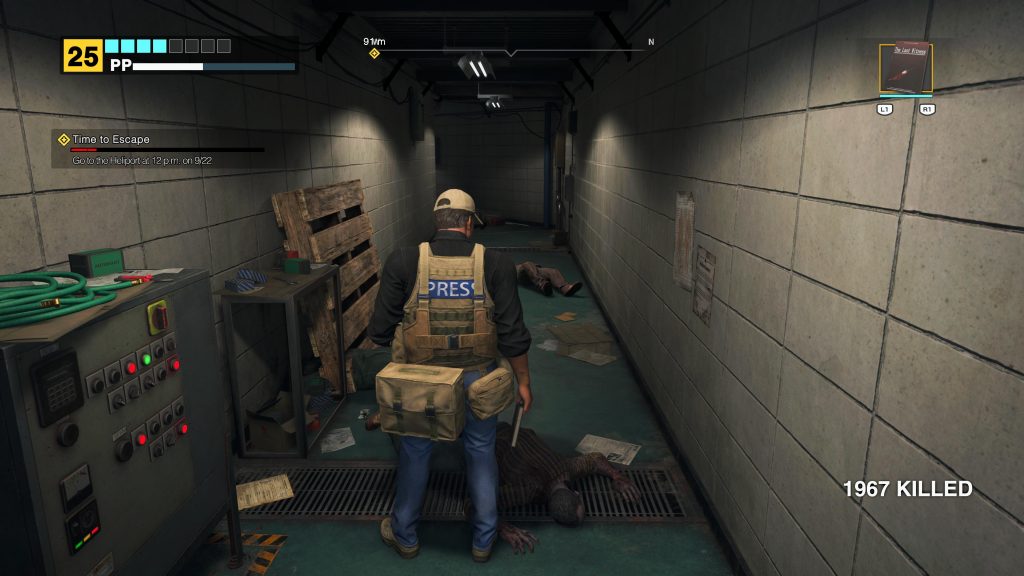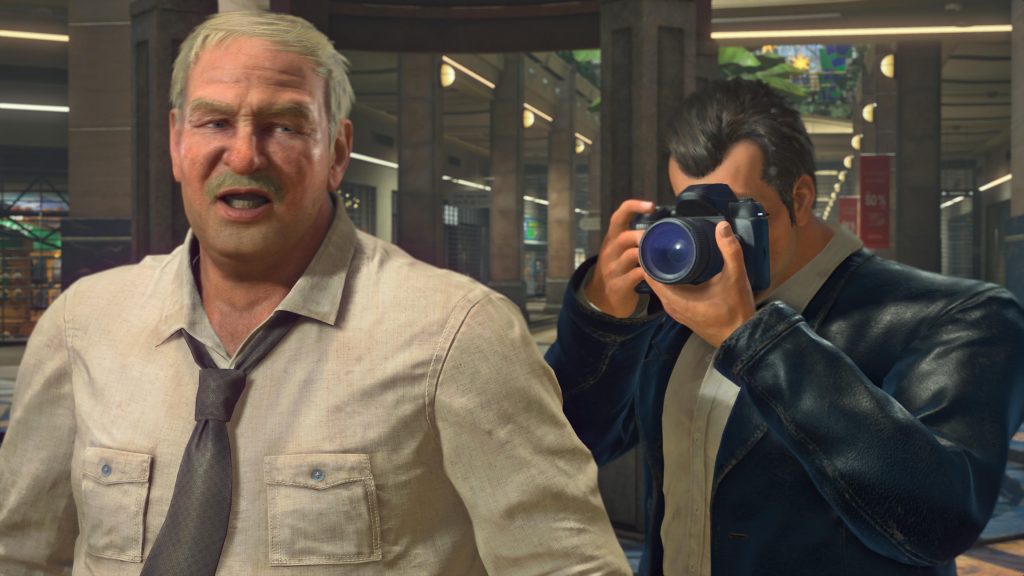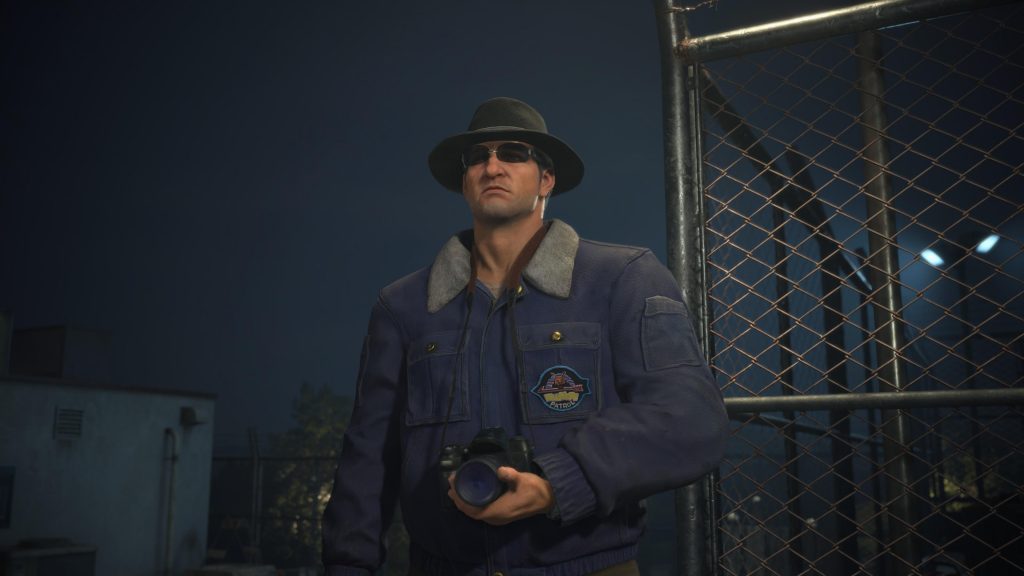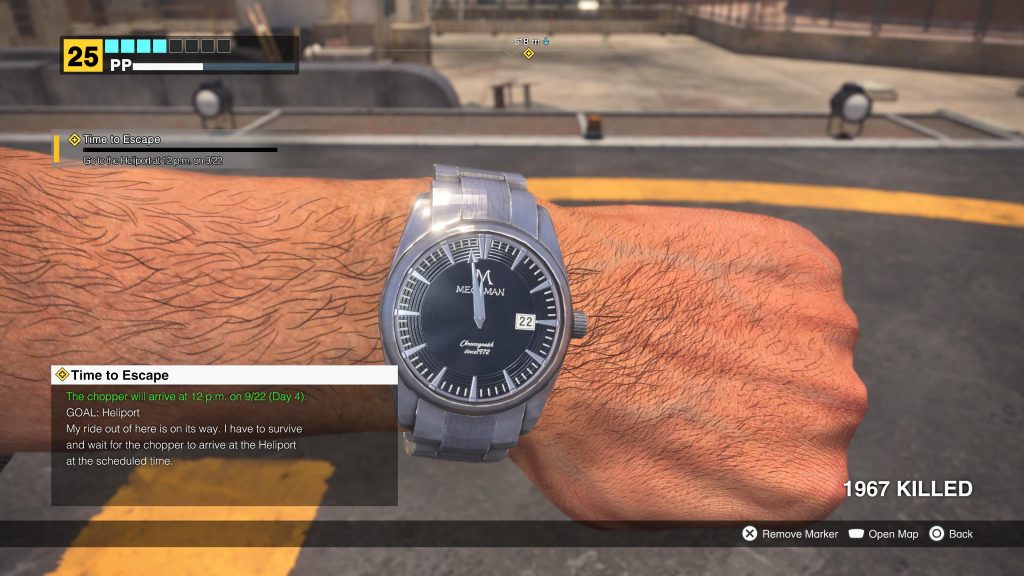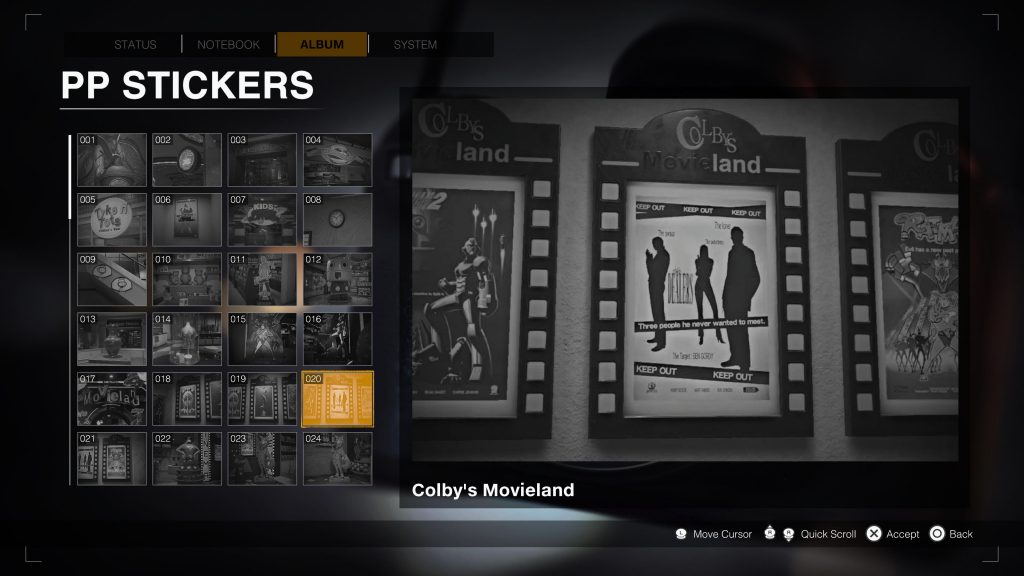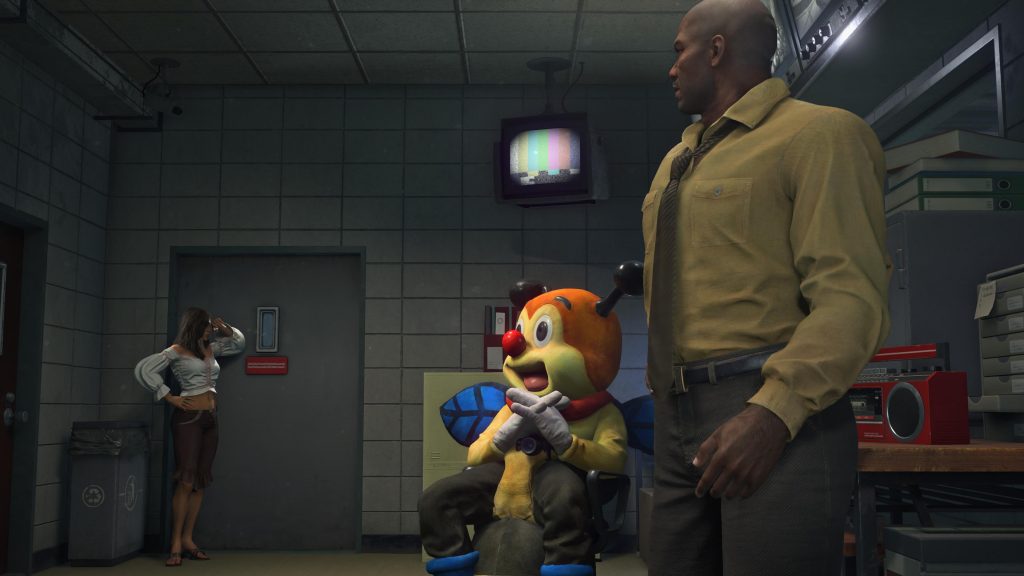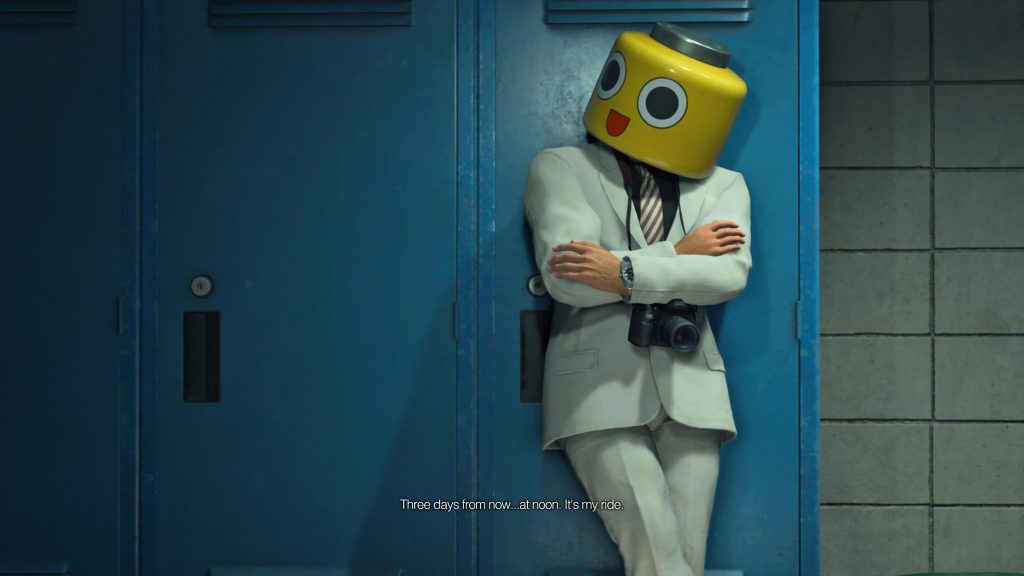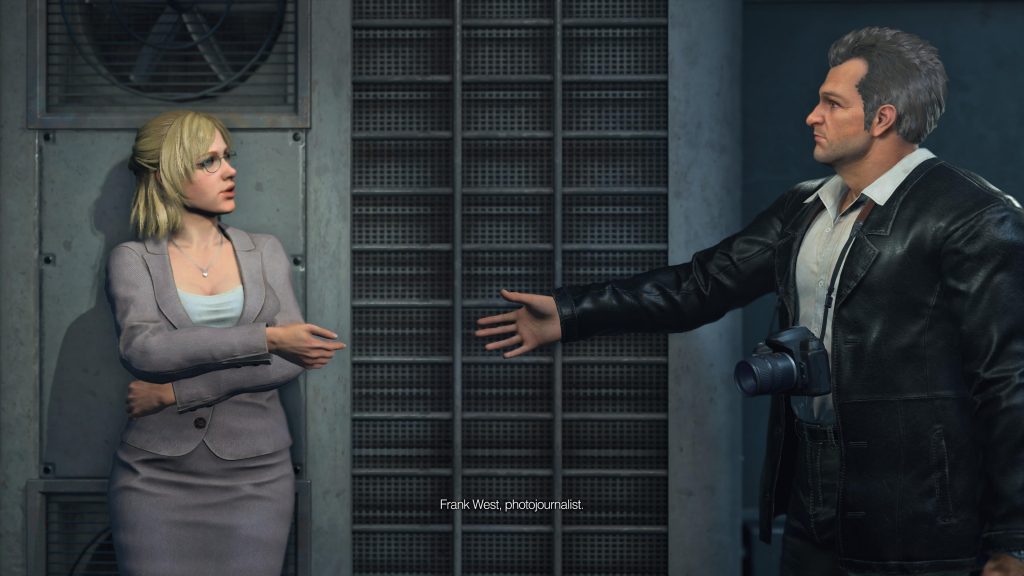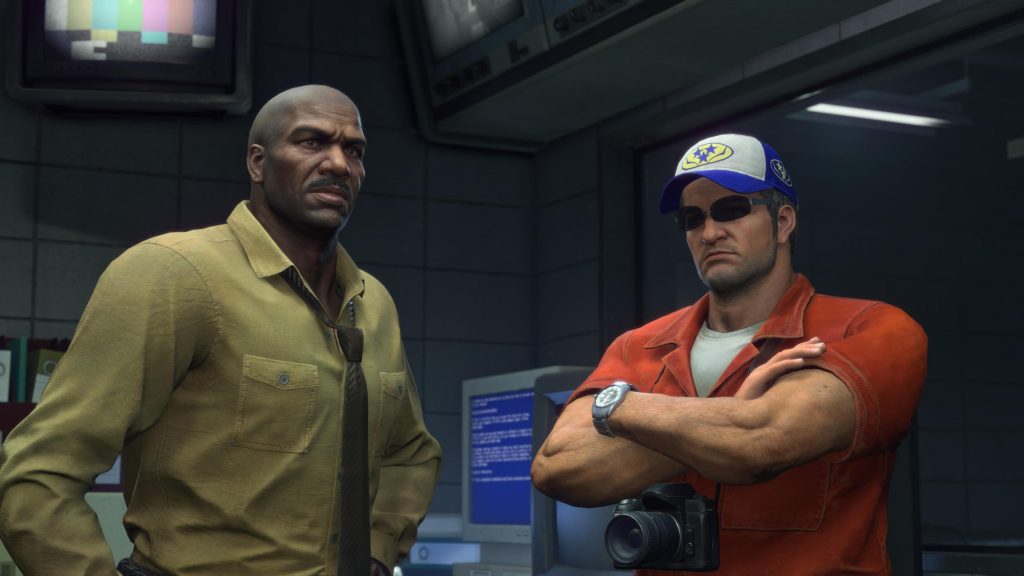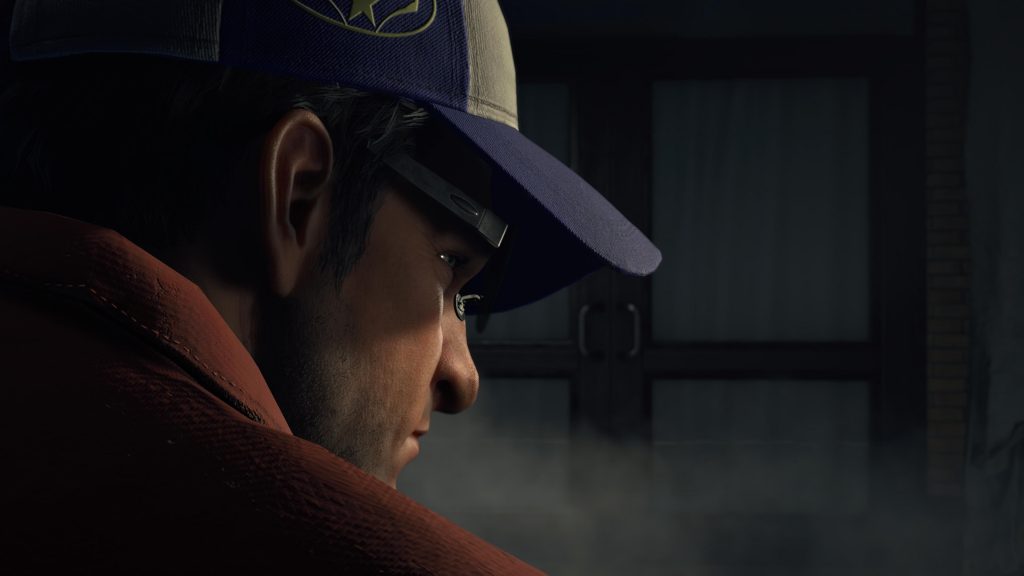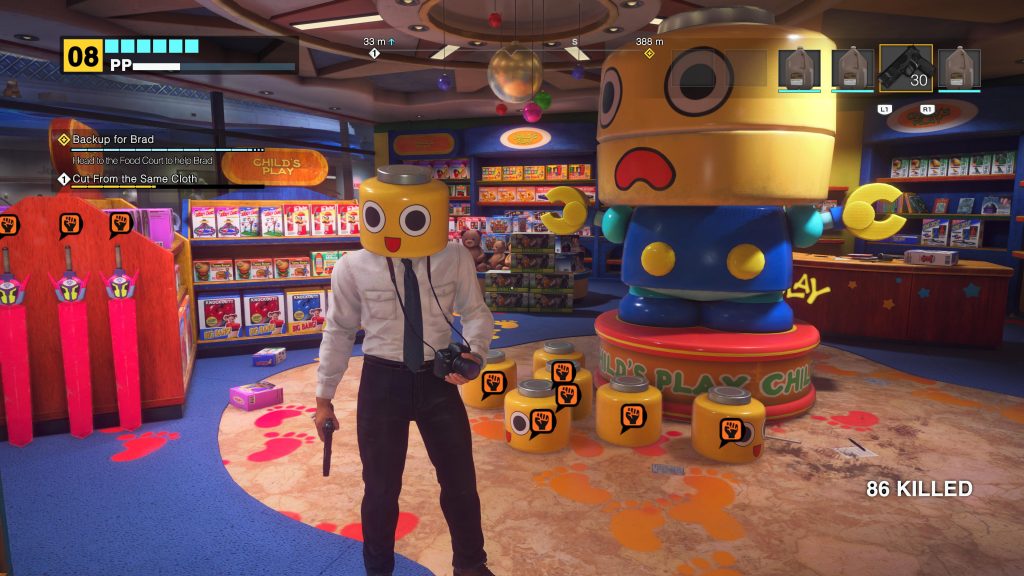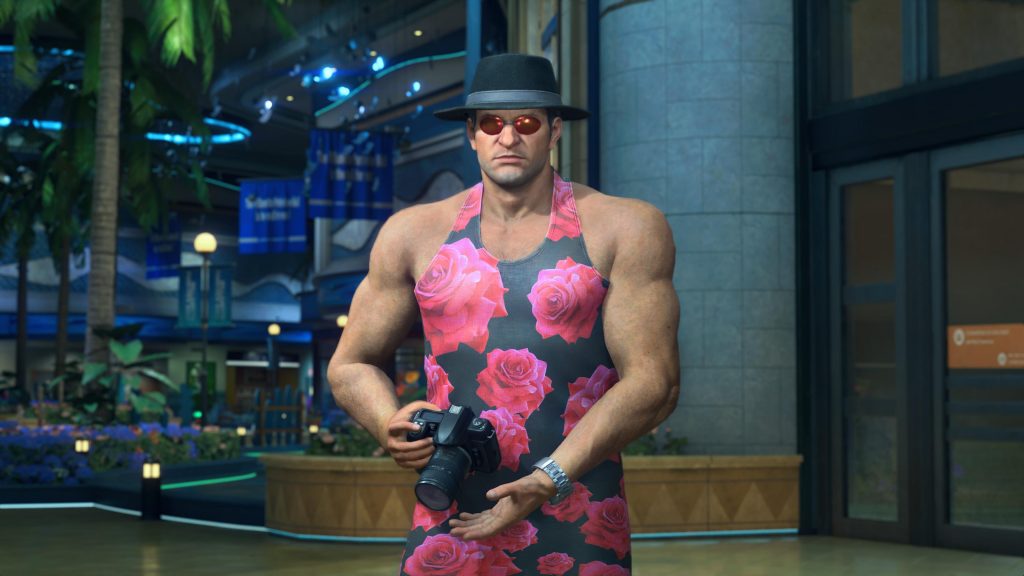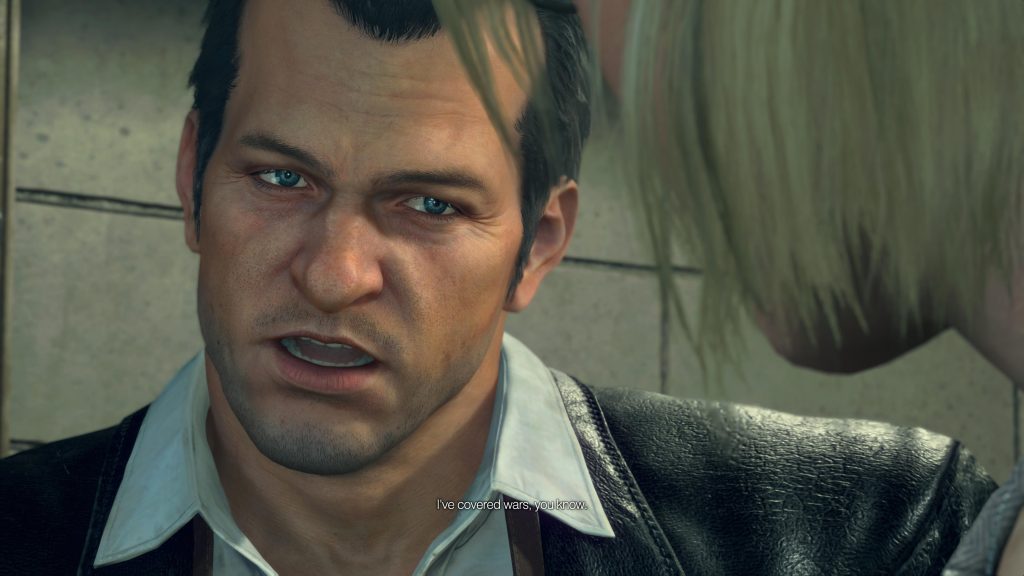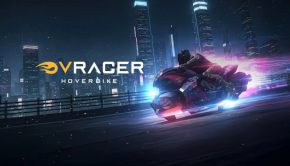Dead Rising Deluxe Remaster PS5 Review
Summary: The original Dead Rising shows its age these days but it’s still a fantastic experience for those who can adapt to it. Deluxe Remaster addresses this, adding a whole host of small additions, quality of life improvements and a beautiful graphical overhaul that keeps the core of the game intact. As much as I did miss the original voice cast, Deluxe Remaster cements itself as the way to play Dead Rising.
5
Fan-tastic!
Capcom has set the bar high for its zombie-based remakes in recent years, and now it’s finally time for its other zombie series to receive the same treatment.
Originally released in 2006, Dead Rising released in stark contrast to Capcom’s bigger Resident Evil series. Instead of claustrophobic spaces, solving puzzles and an air of danger in each zombie, Dead Rising focused on giving you hordes of zombies to play with and a large playground for players to go wild in. It also served as a tech demo for what 7th generation consoles could do, which it gloated over its credits, where it progressively displays hundreds and hundreds of zombies.
Deluxe Remaster is a bit of an oddball name, but it is warranted; it’s closer to a remake than the 10th anniversary remaster ports in 2016, but closer to said remaster than a ground-up remake. Deluxe Remaster is Capcom’s way of recognising and addressing not only what Dead Rising needed updating, but what it didn’t too. Where the Resident Evil remakes have not strayed away from changing core elements of the games like adding knife durability, Deluxe Remaster is instead much more faithful to the source.
The biggest surface-level change is its presentation. The original game still holds up graphically unless you see objects up close, but textures have been remade completely from the ground up, and the lighting and post-processing have been overhauled as well. Frank and Isabela’s faces are largely redesigned, while the extra detail to characters like Brad and Jessie makes them look older. Daylight and nighttime lighting and brightness are much more pronounced, as is dawn and dusk, thanks to the real-time lighting system. Paradise Plaza has undergone a beautiful facelift with a seafront theme, finally making sense out of the strange amount of ponds in there. There’s also a lot more dirt and trash around the mall now, it’s not as pristine as it was originally.
The game also has a brand new UI and returns to the Dead Rising 4-esque camera perspective. I’m not big on the bright neon design, particularly as it strays away from the news theme the original game had, but it’s not really a detriment otherwise. The objective arrow has been replaced with a compass, which shows the direction of more side quests at once. Personally I feel it’s a downgrade, as the original guide arrow would guide you through the mall to your objective than just giving you the direction of the scoop. It was difficult to get used to area transitions telling the time rather than the overall countdown, but this change is helped by upcoming main objectives telling you the date, time and location of where to be. Once I got used to it, I preferred this new take.
The other biggest change is the voice acting. Many survivors and optional conversations in the original game simply used text boxes; despite giving you scoops on survivors, mall employee Otis never had a voice at all. All interactions are now voiced, including completely new dialogue from survivors while escorting them. To aid in this change, the voices have been completely recast. The cast is generally pretty strong considering their big boots to fill, occasionally feeling a bit rigid when trying to follow the original voice direction very rigidly. Besides Frank, most of the voices have clearly been cast with the tonal quality of their original counterparts in mind, so it didn’t bother me as much as I thought it might.
In terms of gameplay, very little has changed besides many quality of life improvements. The first two, which sold me on the game immediately, were the improvement to survivor AI and adding stairs to the security room vent. In the original game, this was a ledge the AI had to climb but would frequently get stuck on if other survivors were also trying to climb it, often requiring you to wade through them to let them climb one by one. Besides this, they would also frequently get sidetracked attacking zombies or getting grabbed, making it a nightmare to escort several people at once, especially later in the game once the zombie count in each area starts to rise. Survivors are now better at keeping up with you and have their own affinities (preferred weapons and food items) that make them more useful at fighting on their way back to safety. Rescuing survivors is your best way of levelling up, and it’s been made a lot easier. I was level 7 going into the first boss fight, having only taken a handful of photos and rescued two survivors. Some other bizarre changes include Adam’s balloons having different attributes and wine bottles healing an extra block of health now.
By default the game uses a revised control setup, but you can also choose a control style resembling (but not completely replicating) the original controls. The only downside to the classic controls are that moving while aiming, and using buttons to escape zombie grabs instead of circling the stick, are exclusive to the new controls. It’s technically accurate, but it means these upgrades over the original game aren’t available for long-term fans like myself who will have some trouble adapting to the new controls. The original game was designed around moving without aiming and it can be seen in how most boss fights have long stationary animations that leave them open to attack, but it’s a modern change that’s still very welcome.
Other quality of life improvements include always seeing your weapon durability (in the original game the only indication was it blinking when it was nearly broken), skipping through transceiver calls and not being interrupted mid-call, hints for PP sticker locations (extra experience), switching targets when near more than one person or item, and passing time at save points. As the story moments are tied to set points in the 72 hours, there are lulls with little to do but save survivors, and at one point, a lull with nothing to do but kill time. Passing time is a crucial new feature that helps with the game’s pacing by giving you more control over it.
Deluxe Remaster adds in the trophy/achievement list as “challenges”, now showing exactly what challenges unlock without having to complete it first. The security room also features a blender for easier access to making drinks that provide special abilities like super speed, and a locker that stores your acquired clothing. Throughout the game, Frank can swap out his clothes for outfits all over the mall. The Dead Rising 3-style locker not only tells you where each clothing item is, but also lets you access them once they’ve been worn once. This also streamlines the process of equipping DLC and unlockable outfits from the original game, which required some guesswork as the lockers and clothing bags had no descriptive labels. One of the pre-order outfits is of the Willamette Parkview Mall’s bee mascot. He is an absolute unit whose antlers clip through solid collision in tight spaces. He is absolutely perfect.
The camera has also been given a makeover. Despite Frank’s occupation as a photojournalist and his desire to hold his camera at all possible times, it was never really required, or even useful, to have in the original game. Few optional survivors required you to show them photos, and aside from certain boss and survivor animations that would get you lots of PP (prestige/experience points), no shots would ever really get you enough experience to be worth it anyway. Deluxe Remaster addresses this by increasing the amount of shots per battery change from 30 to 100. You can only store 32 images before your gallery deletes pictures unless you specifically tell the game to “lock” them safe. Several upgrades for the camera can be found around the mall too, such as a flash. You can toggle it on and off, meaning you don’t have to use it if you don’t want to. Personally, I found it always too bright.
Speaking of the camera flash, much of the Deluxe Remaster’s new content was planned or implemented during development, but never made it to the final game. Some are more obvious to spot, such as the green variant of the Hawaiian shirt zombie and more expressive facial animations, while others are more subtle, like the windsock on the helipad. This also extends to the rocket launcher as a weapon, cop zombies randomly firing their handguns and the day/time display after area transitions. Technically the game is marginally censored compared to the original release, with PTSD-suffering war veteran Cliff Hudson no longer calling Frank a Viet Cong communist, the zombies hanging from the ceiling during this scene still having their heads, and the removal of the erotica photo category, but they’re such minor cuts that are heavily outweighed by the slew of new additions to the game.
The story follows Frank West, a freelance photojournalist, who makes his way to the small town of Willamette, Colorado, after receiving a tip that something is amiss. Dropped off at the mall by his charter helicopter with a return flight in three days, Frank investigates the mall, working with Department of Homeland Security agents, to get his scoop on the facts behind the zombie outbreak. Along the way, Frank can optionally save survivors around the mall, some of whom are being held captive by “psychopaths”, survivors who have been driven insane by the outbreak. Psychopaths serve as the game’s boss fights. The story is fantastic, it’s not groundbreaking but it’s a solid plot told incredibly well and full of drama. A lot can happen in three days.
Besides 72 Hour Mode, where the story unfolds, the game also features Infinity Mode. Originally a late addition to the original game and a misnomer at that, it challenged players to survive in the mall with no objective other than to simply survive. Despite the name, recovery options in the mall were finite, and Frank’s health would constantly drain, killing him in about 20 minutes from full health. In addition to the zombies, all survivors in the game have set spawns in specific areas and are hostile, attacking Frank, but dropping items if defeated. This mode had to also be played in a single-sitting, as it did not allow saving. The 7 Day Survivor achievement has become somewhat notorious for this, as it required surviving for 14 hours in real-time. The easiest way to do so was to gather the books that increase healing amounts, hoarding all food in an area to a safe spot, eating an item every 20 minutes and repeating the process until the 14 hours are up.
I feel it’s important to add the context behind the original mode, because Deluxe Remaster’s Infinity Mode has now been given an overhaul that makes it not only more user-friendly, but also more fun in general. While the camping strategy is still viable, the abilities to save and fast-forward time have been added. Lastly, zombies will sometimes drop boxes with an item, like survivors, which can include food items. This means that while healing items in the mall are finite, drops from zombies can technically let you last forever. Coupled with the ability to speed through lulls and spread the achievement survival challenge over multiple sessions, Infinity Mode is actually quite a fun sandbox mode without a timer, story triggers or calls from Otis.
I only had a few nitpicks with the sound design. Firstly, zombie groans are a lot quieter. In the original game, individual groans and the collective groaning ambience that got louder the closer you were to a large cluster of zombies, filled a lot of the ambient space. Now, they’re a lot lower with priority to the mall music and announcements. Secondly, the voiceover production feels very different, especially when comparing supermarket manager Steven’s shouting between the two games, it feels a lot less upfront in Deluxe Remaster.
Mall music is filtered differently now, depending on whether you’re in a store or not. Out in the middle of Paradise Plaza for example, the music is very spacious with a heavy speaker effect filter (as in the original game) but now as you enter a store in the plaza, it loses that space, sounding much thinner and tinnier. It’s a lovely little attention to detail that makes the mall feel more immersive, just like how wearing a Servbot helmet muffles Frank’s voice like in Dead Rising 4. I’d also never actually considered that the small chainsaw never made a noise unless hitting an enemy in the original game, until I realised Deluxe Remaster added an engine to it, along with start-up and cooldown sounds when switching to and from it.
The music remains completely unchanged, including all licensed music. Now a new generation of players can develop PTSD of hearing Lifeseeker playing in Leisure Park. Deluxe Remaster features a “streamer mode” option to disable these, but they are untouched otherwise.
Final Thoughts
A faithful hybrid between remaster and remake, Deluxe Remaster is the way to enjoy the first Dead Rising going forward.


